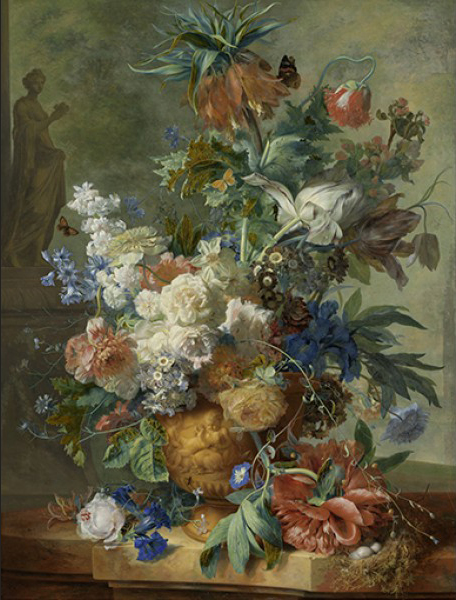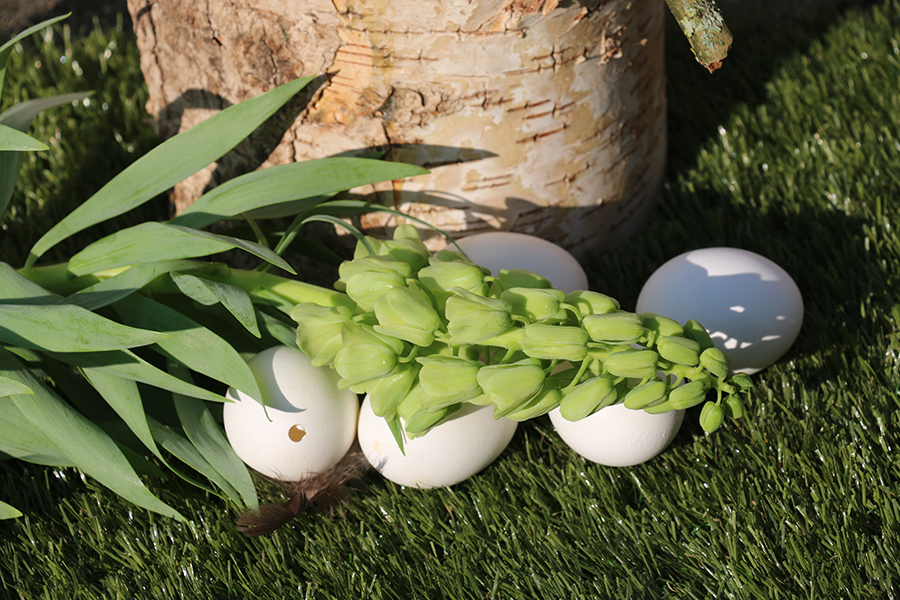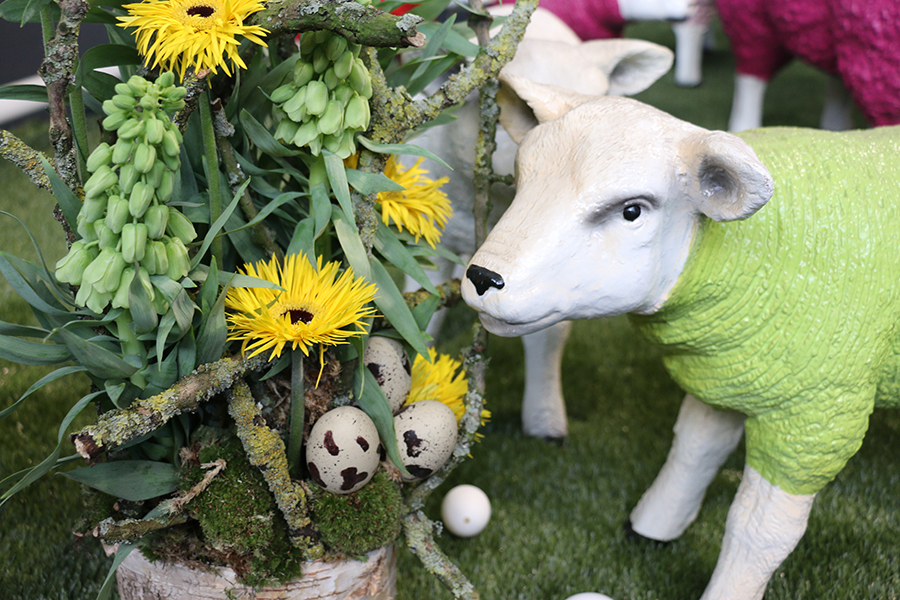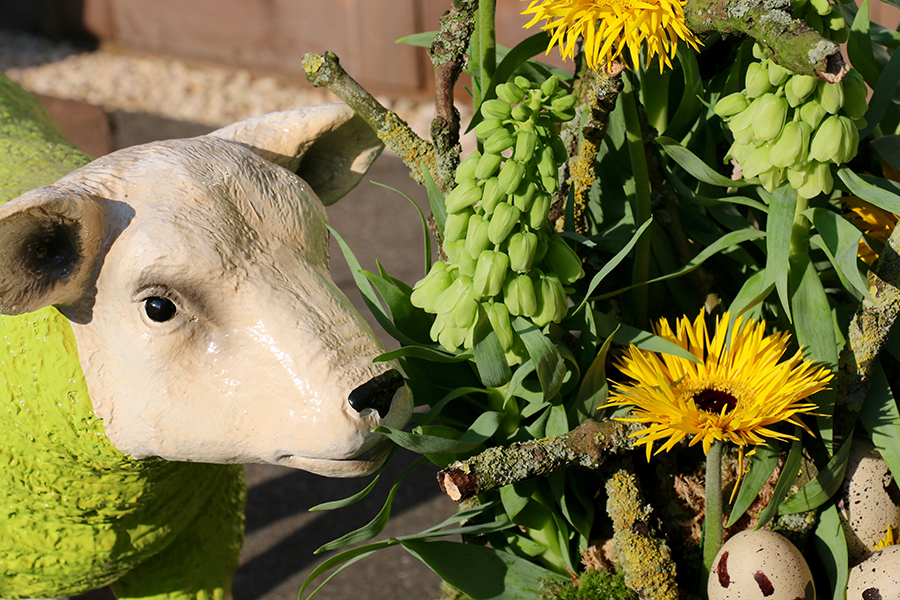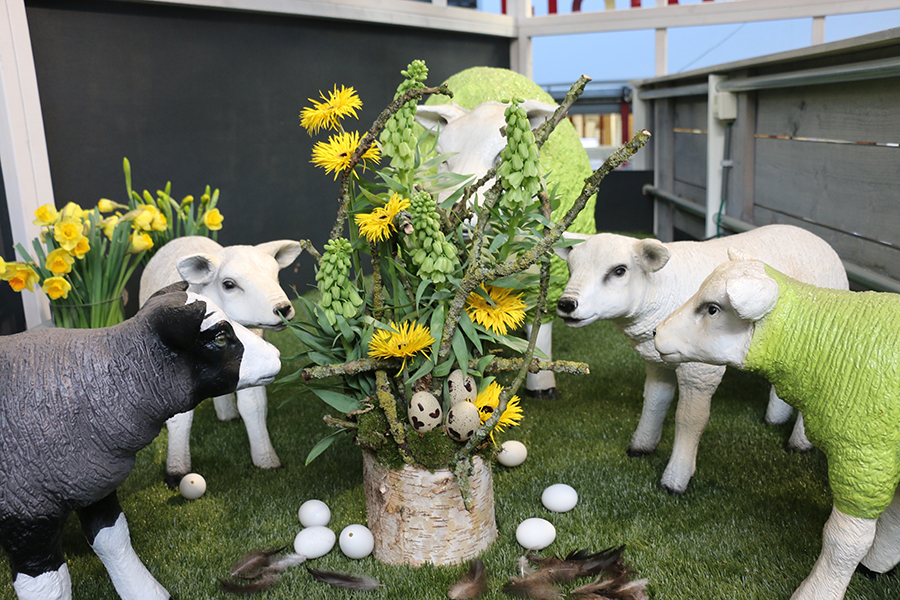This week at Florapodium
Fritillaria Ivory Bells
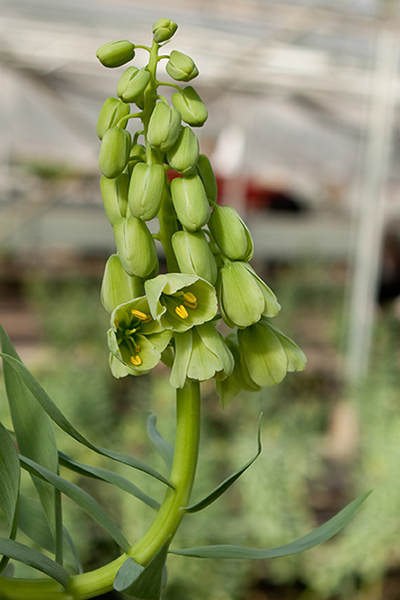
Origin
Fritillaria is a very diverse bulbous plant with many different shapes and sizes. They are found over a large bandwidth above the equator over almost the entire world.
The varieties range from the Mochailovsky, which is about 15 centimeters, to the Imperialis Broadsword, which is can be 1 meter high. Most types of Fritillaria are still very close to their natural origin. Only a small number of species are cultivars that have been bred by hand. Examples are the Imperial Crown (imperialis) Garlandstar, Orange Beauty and Orange sweet.
The special thing about Fritillaria is that they appear in a lot of different forms. The only thing they have in common is the hanging inflorescence containing the hanging nectar drops that are more visible in some species than in others.
A lot can be said about the origin of every type of Fritillaria. The Persica, Ivory Bells and Magic Bells are three different varieties that are very similar and directly related. All three have been brought to the Netherlands and have been improved and multiplied. Especially in Turkey, the bulbs were harvested from mountain slopes and valleys. The bulb grows naturally in various countries in the Middle East where the flowers can be found up to an altitude of 2100 meters.
The Fritillaria Ivory Bells is the variety that is in the Florapodium spotlight this week!
Care
The Fritillaria Ivory Bells is a beautiful spring product that is very special by itself. You can see this immediately when you put the flowers in a vase, because it always takes its own graceful shape. This flower is therefore not the most suitable in a Biedermeier bouquet, but all the more beautiful in a graceful spring bouquet in which the flowers can find their own way in the vase.
Use a clean vase. Fill it with cold water, cut the stem and add flower food. This provides better flowering and improves the vase life. When cutting remember to cut the Fritillaria at an angle and remove the bottom leaf before you put the flowers in the water.
Avoid draft and direct sunlight. Refill the vase regularly with clean water. This allows you to enjoy this fantastic spring flower the longest.
FloraPodium, 07 March 2018
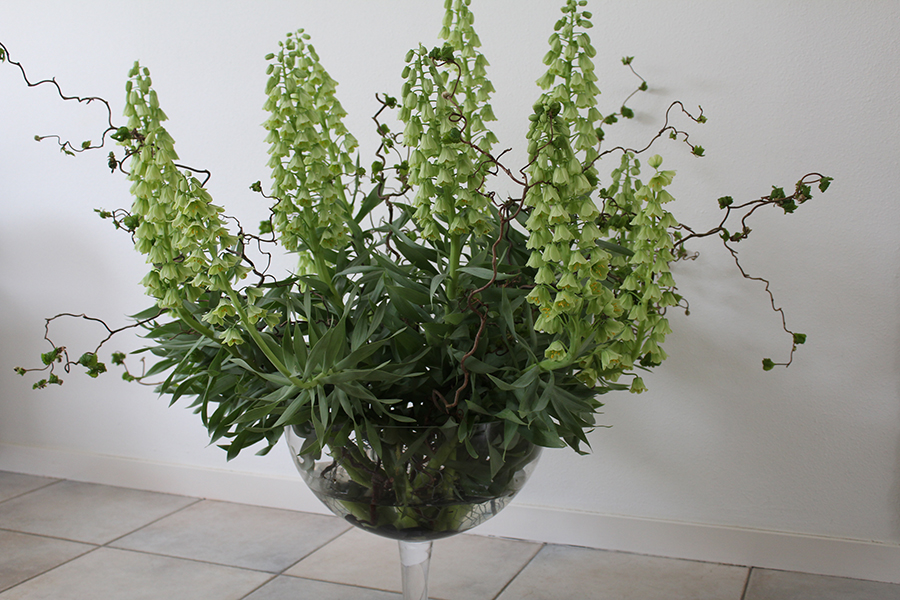
Calendar
The cut flower Fritillaria Ivory Bells is available from the end of February to the end of May.
Length:
VBN code: 25419
Barendsen colour number: 365 Lindengreen
The grower and his product
G.I.A. Flowers from Heerhugowaard grower of special flower bulbs, that is active in the period from mid-January to mid-May. All the different operations within the company are still manual work: planting, harvesting and growing in the greenhouse of the flowers. Where the company started in 1990 with the cultivation of lilies and various summer flowers, it started in 1996 with breeding Fritillaria Meleagris. At that time, 10,000 stems were grown from this variety. Today, the company grows as many as 1,000,000 stems, with the Fritillaria Meleagris holding the largest share. This is the famous lapwing flower.
Since 2005, Fritillaria has been the specialism of G.I.A. Flowers and they grow a lot varieties. The product in the spotlight this week is the Fritillaria Ivory Bells. This is a Persian Imperial Crown from Iran. The name derives from the green flowers that have the same silver sheen as the leaves. This also makes the product so special for the company: 'A top natural product that takes its own forms in a vase'.
The bulbs can be used as a cut flower or as a garden plant. As a garden plant, it blooms in April / May, after which very decorative seed boxes are often formed on the flower.
Due to slow propagation and extremely fragile bulbs, it has taken a long time before G.I.A. Flowers could offer this exclusive product in normal quantities. Natural differences have created various varieties. The big challenge is to get the batches uniform, with an equal quality for all flowers. Through selection there are now a number of lines and varieties that are uniform.
This has now been achieved with the Ivory and Magical bells.
G.I.A. Flowers is also working hard on perfecting the Persica's, but that takes a lot of time and patience. At the moment they still have various forms of inflorescence, so they have to select a lot of them.
To increase the number of bulbs, the bulb is cut in a certain way. When a bulb is damaged it wants to survive, just like in nature. If this is done correctly, you will see that small balls appear in the cut. The process of cutting and multiplying a ball takes a year. After that, it takes 3 to 4 years before there are bulbs that are strong enough to give a blooming flower. In addition, many types of bulbs are also very sensitive to diseases.
By multiplying from seed you often get flowers with different shapes, colors and lengths.
Did you know that:
- Because the Frittilaria has such exclusive shapes, it was used a lot in paintings by our famous 17th century painters? The Fritillaria Imperialis, the famous “imperial crown” was often placed at the top of flower still life paintings as a sign of the highest power symbolizing a crown on top of the painting.
- The lapwing flower always gives mixed flowers.
- G.I.A. Flowers bunches on color if desired, so they can supply everyone to size
